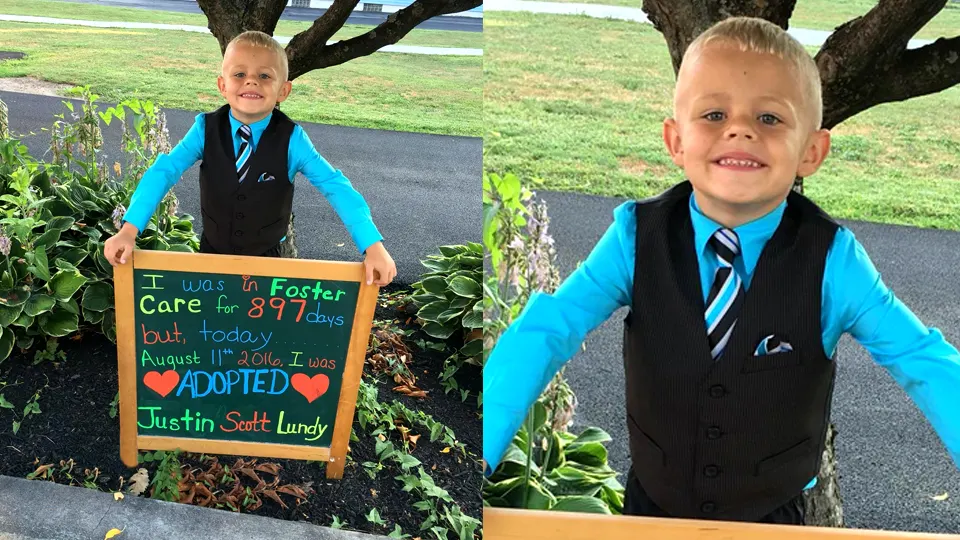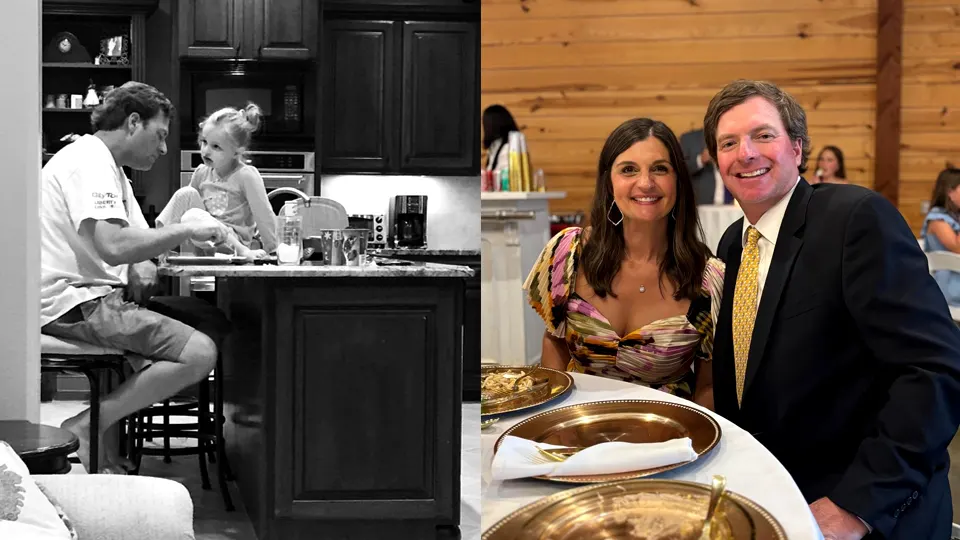She didn’t marry into half a family; she stepped into a fuller heart. Stepmotherhood, it turns out, isn’t second-best love; it’s love that chooses, learns, and keeps showing up. She didn’t flinch at the word “stepmom.” If anything, it drew her closer. After years of nannying more than 50 children, she already knew how to love kids who weren’t biologically hers. So when she fell in love with a devoted dad named Kim, it only made him more attractive. By the time they married, she understood she wasn’t just saying yes to a husband, she was saying yes to his daughter, Billie.

There were complications from the start. Billie lived in Belgium, spoke Dutch, and couldn’t attend the wedding. They first met in person after the bride immigrated and walked with Kim to pick Billie up from school. Nine years old, bright-eyed, and wary, Billie had spent almost a decade with her dad to herself. The new stepmom felt the weight of it: this wasn’t babysitting anymore. This was co-raising a child. Words failed them at first. She was a storyteller; Billie spoke a different language. So she switched to gestures and action. They baked cookies, walked the California dog she’d brought across the ocean, crafted Harry Potter wands, built forts, watched Twilight marathons, and found a rhythm that didn’t need complete sentences. Kim made space for one-on-one time, and slowly the nerves melted into familiarity.
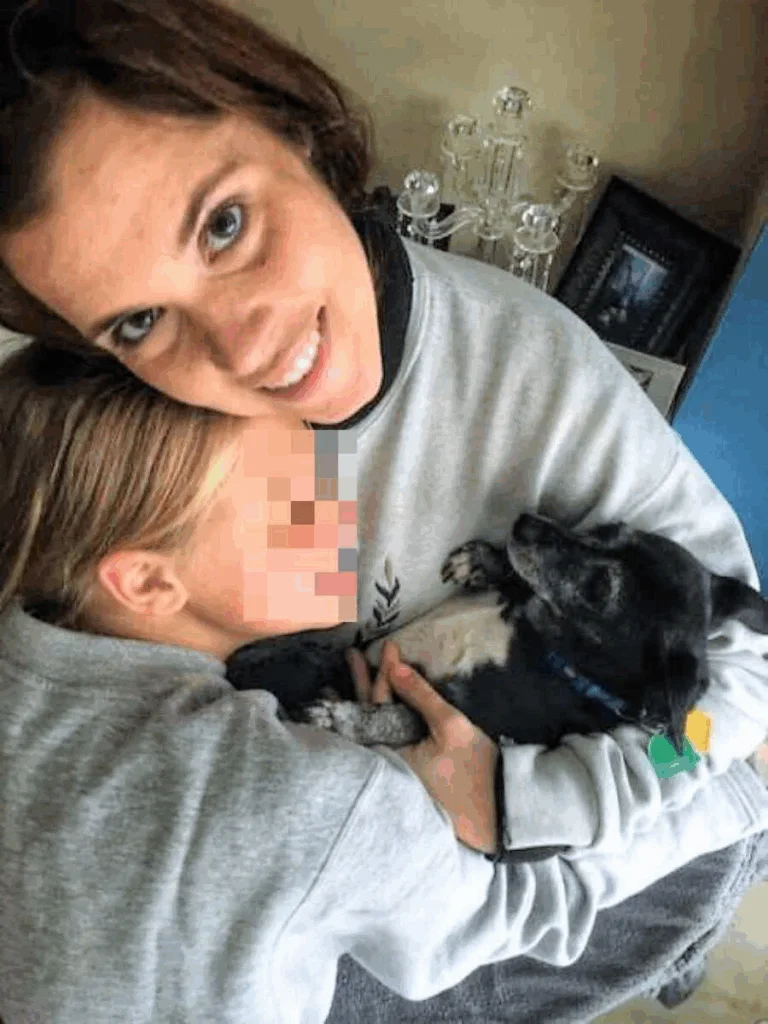
Still, stepmotherhood isn’t a straight line. Billie sometimes returned distant after weekends at her mother’s, as if starting over. It stung. Kim reminded his new wife not to take it personally; everyone was relearning their footing. A year later, she and Kim welcomed a baby boy, Mason, in March 2020, just as the world went into lockdown. Billie came to live with them full-time for almost a year. Overnight, the new stepmom became the central female figure in a home with a newborn and a preteen, sealed inside by a pandemic and separated by language. The questions multiplied: how do you help with virtual school in a language you’re still learning? How do you support a middle schooler’s feelings when she may not want to bring them to her dad? How do you balance gentle guidance with respecting the co-parenting boundaries of two households?
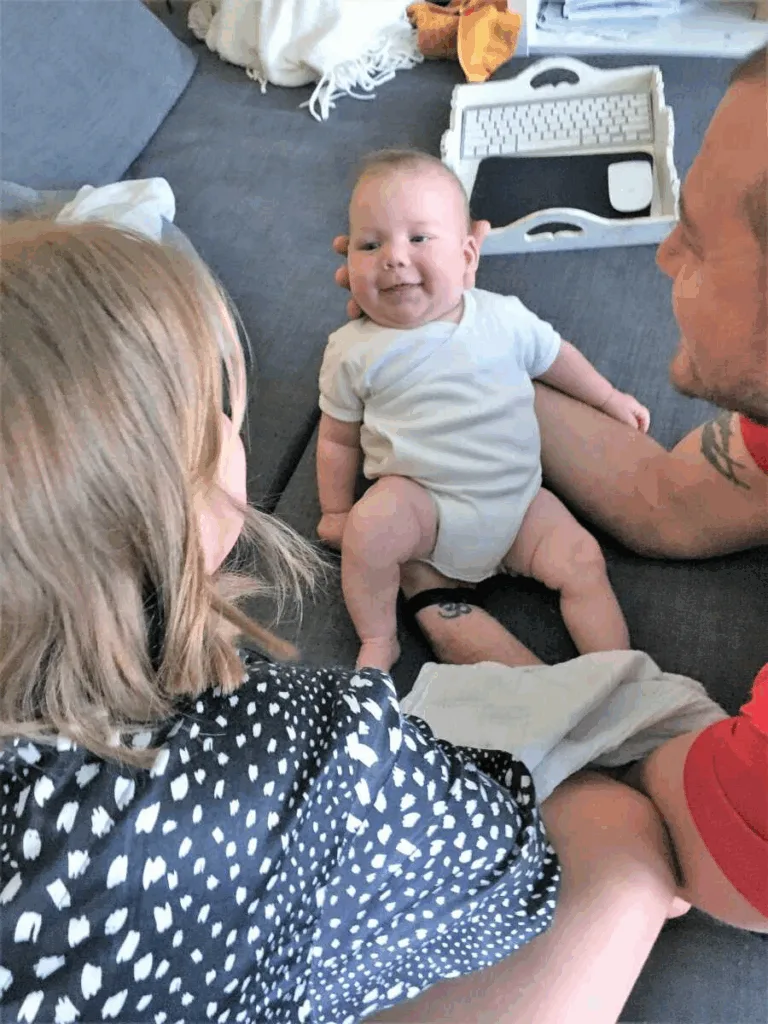
She did what she’d always done with children: showed up. She learned more Dutch; Billie learned to understand most English. They developed a hybrid “us” language and kept moving, exercise sessions on yoga mats, dog cuddles, cooking experiments, and silly TikToks. Billie, who’d once said she didn’t want siblings, surprised everyone by becoming a sweet big sister who could coax giggles out of her baby brother like magic. As Billie entered her teens, the relationship shifted again: close one week, cool the next, and how teenagers test distance. They didn’t match on everything: different cultures, beliefs, tastes in clothes, and opinions about chores. They did match on the big stuff. They adored the same man. They worshipped the same toddler giggle. They loved holidays and over-the-top decorations. They preferred laughter to silence. These became their glue.

The stepmom learned the strange math of her role: half-in and entirely in simultaneously. She felt the late-night worries, the planning, the pride, and the limits. She and Kim made decisions as a team, and when they disagreed, she chose to protect the marriage and respect his final call. Week on, week off with Billie’s mom became routine; the bond stretched across two homes without snapping. One truth never wavered underneath the ups and downs: love didn’t need DNA or perfect grammar. It needed presence, patience, and a willingness to try again tomorrow.
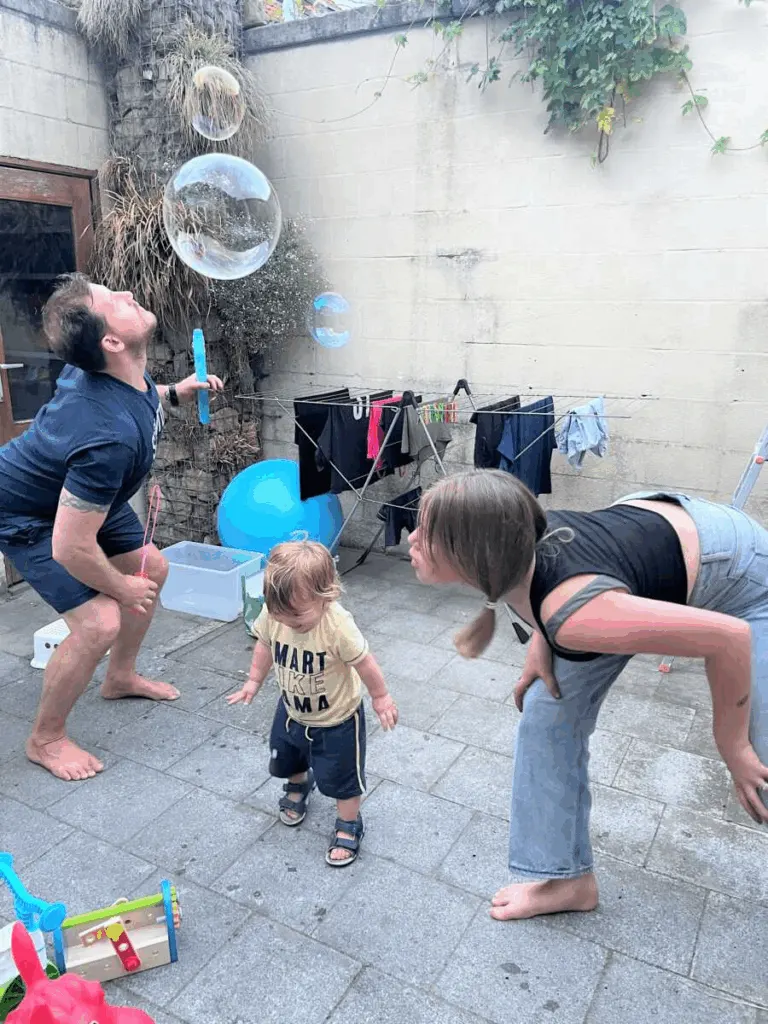
The woman who once practiced mothering as a nanny now lived in a blended family, one baby on her hip, one teenager rolling her eyes but secretly listening, and a partner who always made room for them both. She knows stepmotherhood isn’t for everyone. But she also knows it’s absolutely for her. Three adults love Billie fiercely, in different ways, and she wouldn’t trade who she’s become while loving this girl. She tells other stepmoms who feel alone to reach out. There’s room at the table for the mess and the miracles.


